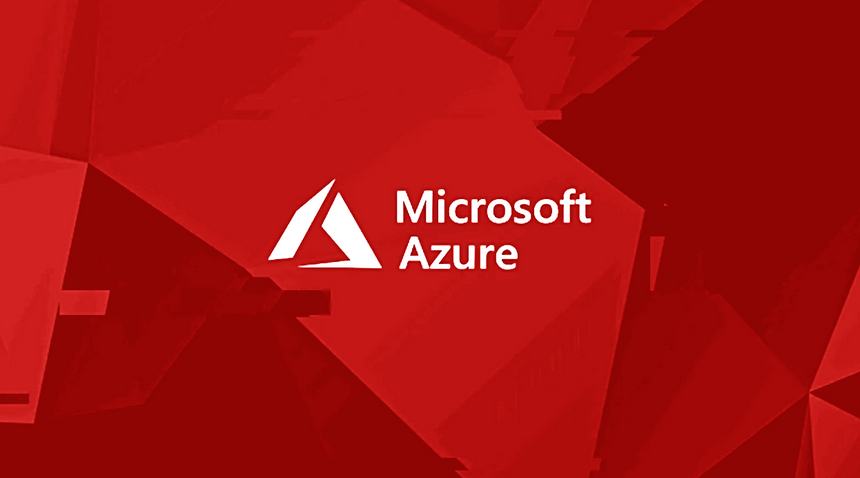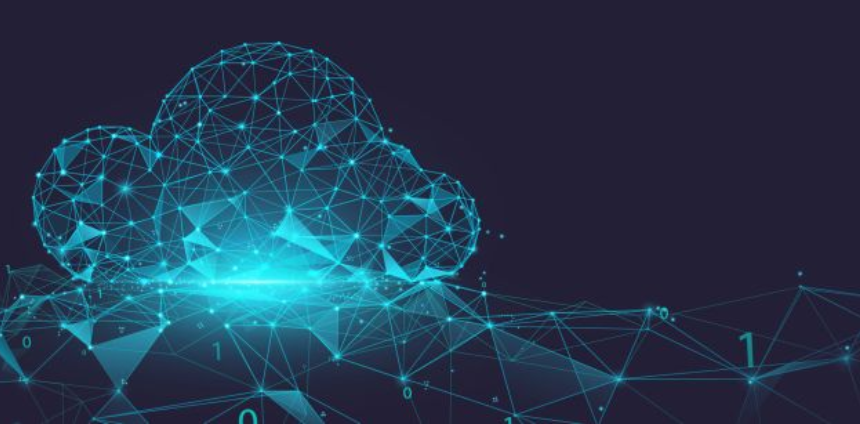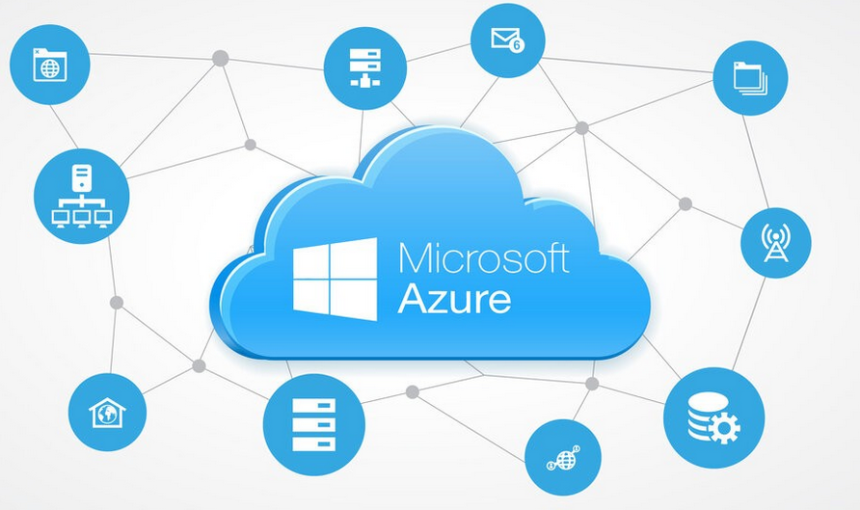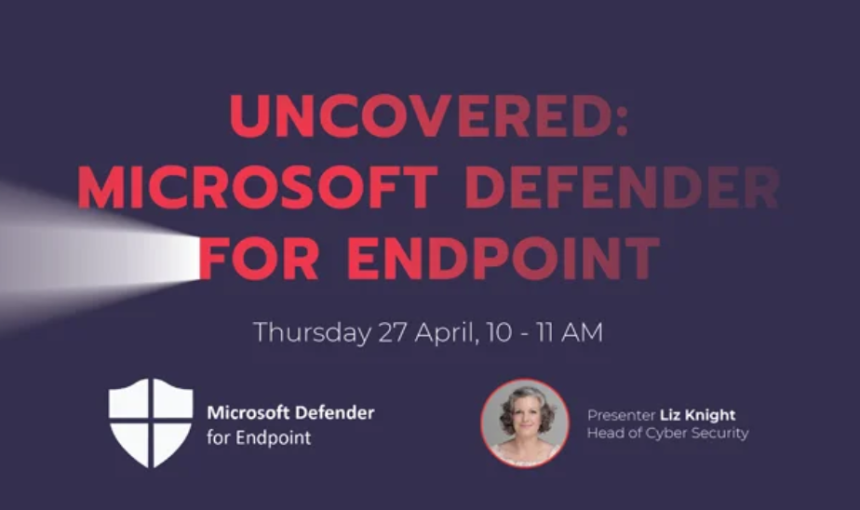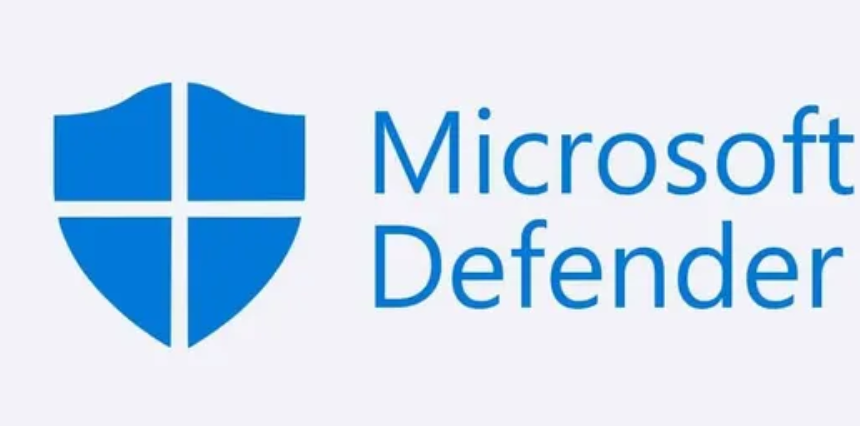Some Azure products generate costs even when not actively used, whereas others do not. An empty ADLS container does not incur any costs, but one that consumes space does. You should remove resources that are no longer being used. Make sure to perform due diligence when provisioning Azure products, as you will be required to […]
Create an Azure Data Lake Storage Container – Data Sources and Ingestion-2
The following options are available on the Advanced tab: Begining with the selections you made during the provisioning of ADLS in Exercise 3.1, start with Enable Hierarchical Namespaces. If you do not select this, instead of getting an ADLS container, you get a general‐purpose v2‐based blob container. As discussed in Chapter 1, blob containers are […]
Create an Azure Data Lake Storage Container – Data Sources and Ingestion-1
FIGUER 3.2 An Azure storage account Overview blade Exercise 3.1 walked you through provisioning an ADLS container. You encountered numerous options, beginning with the first items selected, the subscription and resource group. Remember that an Azure subscription is the location where billing happens. It is a grouping of all provisioned Azure products. You can have […]
Where Does Data Come From? – Data Sources and Ingestion-2
Data also can come from social media outlets in the form of comments or ratings. An Azure Cognitive Service called the Language Understanding Intelligent Service (LUIS) can help you understand the meaning of comments. LUIS converts a comment into a meaning using something called an intent. If the comments contain words such as “bad,” “angry,” […]
Summary – CREATE DATABASE dbName; GO
There was a lot covered in this chapter, starting with the description of the first data storage device up to real‐time data analysis and intelligence gathering. You learned about the different file formats, like JSON, CSV, and Parquet. You learned about the different ways in which data can be stored, like structured, semi‐structured, and nonstructured. […]
Training and Enrichment – CREATE DATABASE dbName; GO
The training and enrichment of data typically happens by making improvements to the data quality or invoking Azure Machine Learning models, which can be later consumed by Azure Cognitive Services. The invoke can take place within a pipeline or manually. Azure Machine Learning models can be used to predict future outcomes based on historical trends […]
Understanding Big Data Processing – CREATE DATABASE dbName; GO
The previous sections covered much of the mid‐level data theory required to be a great Azure data engineer and give you a good chance of passing the exam. Now it’s time to learn a bit about the processing of Big Data across the various data management stages. You will also learn about some different types […]
SQL Server Integration Services – CREATE DATABASE dbName; GO
Introduced in Chapter 1, SQL Server Integration Services (SSIS) is useful for pulling data from numerous datastores, transforming the data, and storing it in a central datastore for analysis. Ingestion can be initiated by pulling data from existing sources instead, which is in contrast to data producers pushing data into the pipeline. Bulk Copy Program […]
Analytics Types – CREATE DATABASE dbName; GO
There are numerous types of data analytics, all of which are supported by Azure products, specifically Azure Synapse Analytics. In most cases, the name of the analytics type is enough to determine its meaning and purpose. However, here are the most common analytics types and a brief summary of each. Descriptive The descriptive analytic type […]
Where Does Data Come From? – Data Sources and Ingestion-1
Chapter 2, “CREATE DATABASE dbName; GO,” discussed the variety, velocity, and volume characteristics of data. You learned that the velocity and volume of data are increasing exponentially and that those two characteristics are the reason running data analytics in the cloud became necessary. Most companies cannot afford to purchase and maintain the compute and storage […]

